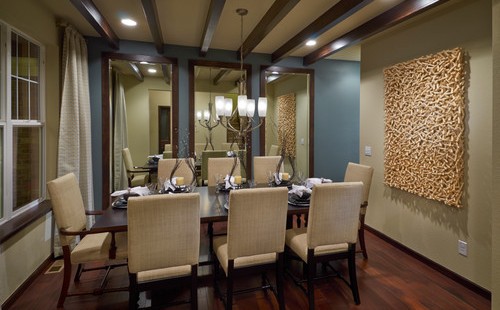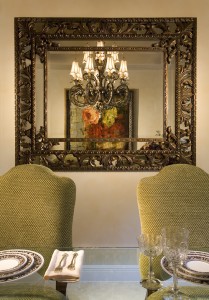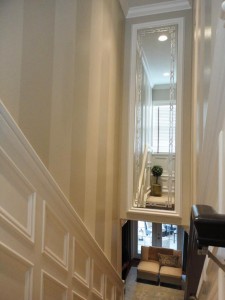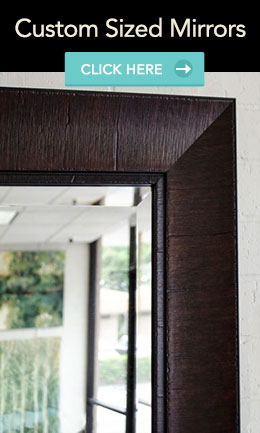
Uses of Mirrors in Interior Design
 Before mirrors were created, people checked their appearance on dark, still pools of water. Shiny metals are also used to see one’s reflection, until they started using various metals and materials to create mirrors thousands of years ago.
Before mirrors were created, people checked their appearance on dark, still pools of water. Shiny metals are also used to see one’s reflection, until they started using various metals and materials to create mirrors thousands of years ago.
As time progresses and new ways and materials used to produce mirrors were discovered, the purpose of mirrors had gone beyond checking one’s appearance. For the longest time, interior designers have been using mirrors of different styles, shapes, and sizes in their decorative pursuits, whether the design is for a home, office or any other kind of establishment.
Here are the other uses of mirrors that make them a staple for interior designers:
Mirrored sliding door
It serves two purposes: to make the room look brighter and larger, and to conceal another room or cabinet. A large, mirror-clad sliding door can hide a walk-in closet, storage area or pantry. Slide it open to reveal a concealed space, and then slide it back to make it look like just a mirrored wall, which works just as well to give the illusion of more space.
As a room divider
This can be done in a studio-type apartment to create a bit of privacy to the bedroom area. Large, slim, vertical mirror panels installed side by side will significantly magnify the space.
To create the illusion of an endless ceiling
There are cases when you have to install room dividers, but the ceiling, say one made of long timber, is too pretty that it’s a shame to disrupt it. What you can do is install your room dividers such as plaster walls and leave a space from the ceiling. Install mirrors along the entire width of the plaster walls. In this way, mirrors will reflect the ceiling. The continuity of the ceiling will not be destroyed and you will still get that privacy that you want per room.
As a kitchen backsplash
A mirrored backsplash works well as it allows light to bounce off for your kitchen-related tasks. It also serves as a long window that brightens up the space.
To highlight a great decorative piece
One common trick is to place a large mirror behind an elegant vase or a nice chandelier. It is often said that mirrors should not be positioned in a way that the problem areas of the room are reflected. Place a large mirror behind an interesting decorative item or across a piece of artwork to get a nice view of the room.
Mirror as the decorative piece
Mirrors are used to reflect the wonderful things in the room, but these can also serve as actual decorative pieces. Many large mirrors nowadays come in different styles and shapes that will work well with different design themes. Some use a mirror with an interesting frame as the focal point of the room. For instance, if your bathroom has a modern design, you can add a large mirror with architectural style behind or on top of the sink. It will complement the style of the space.
For all your mirror needs, check out www.mirrorlot.com.

